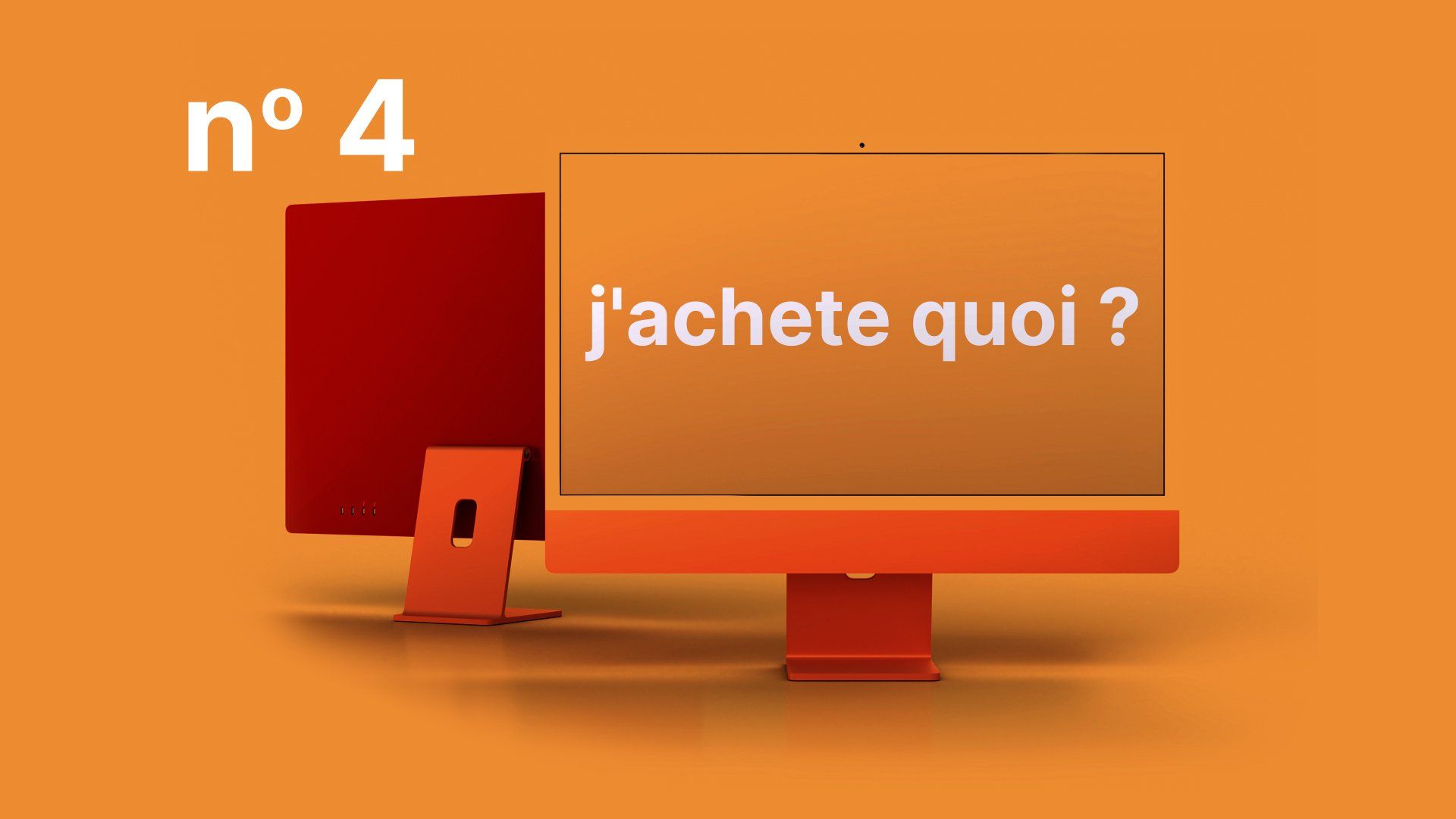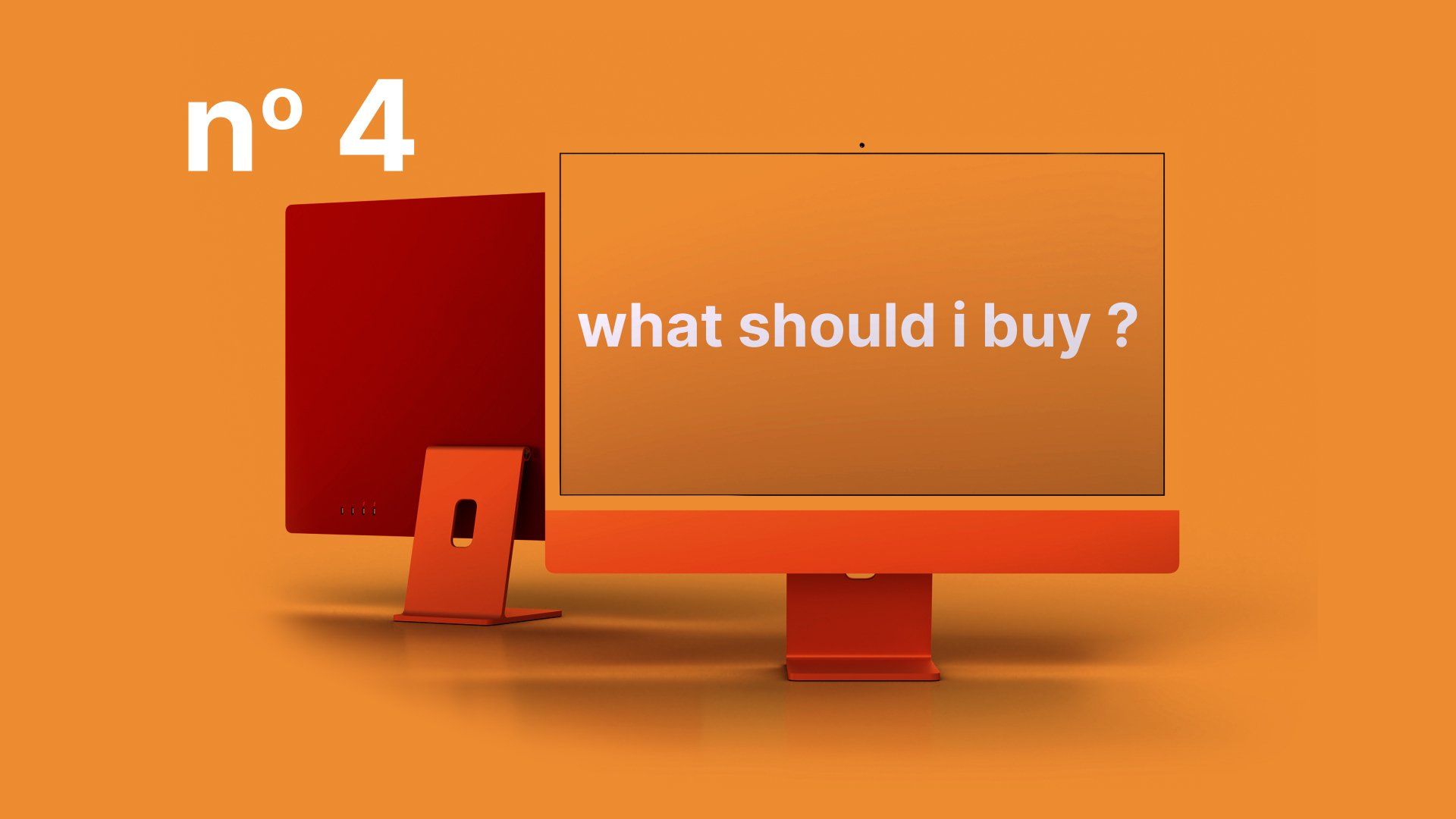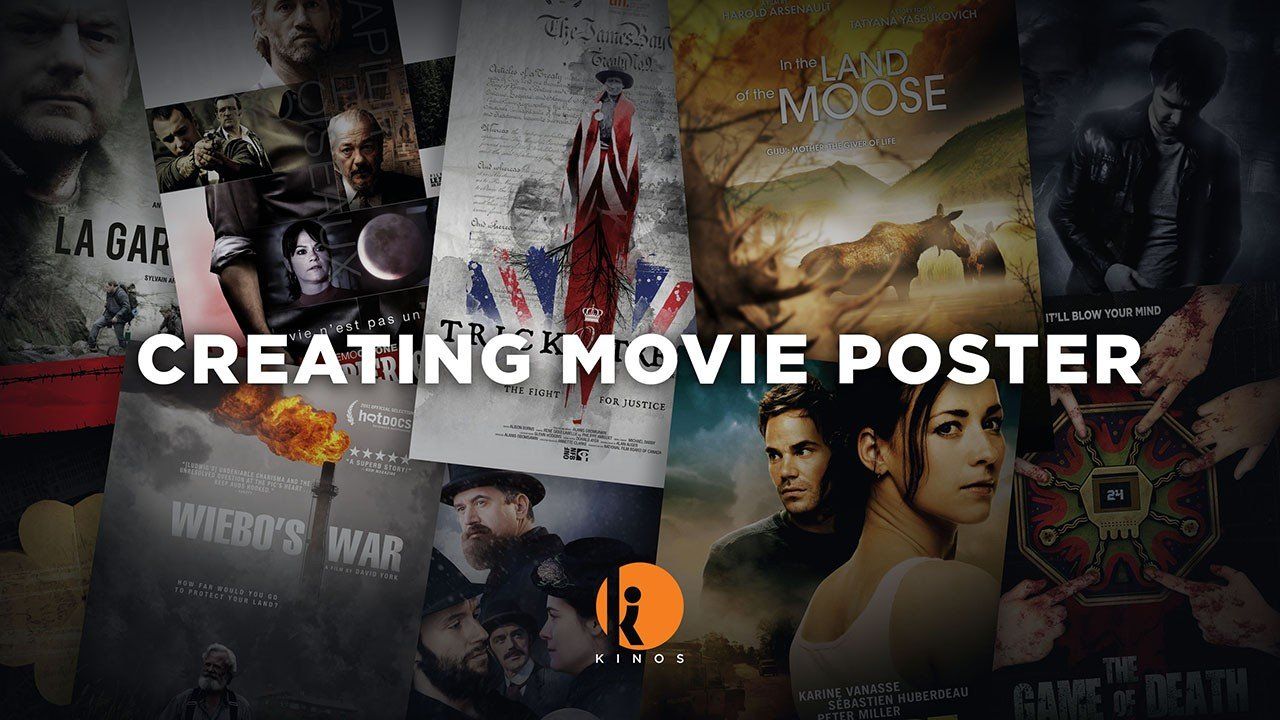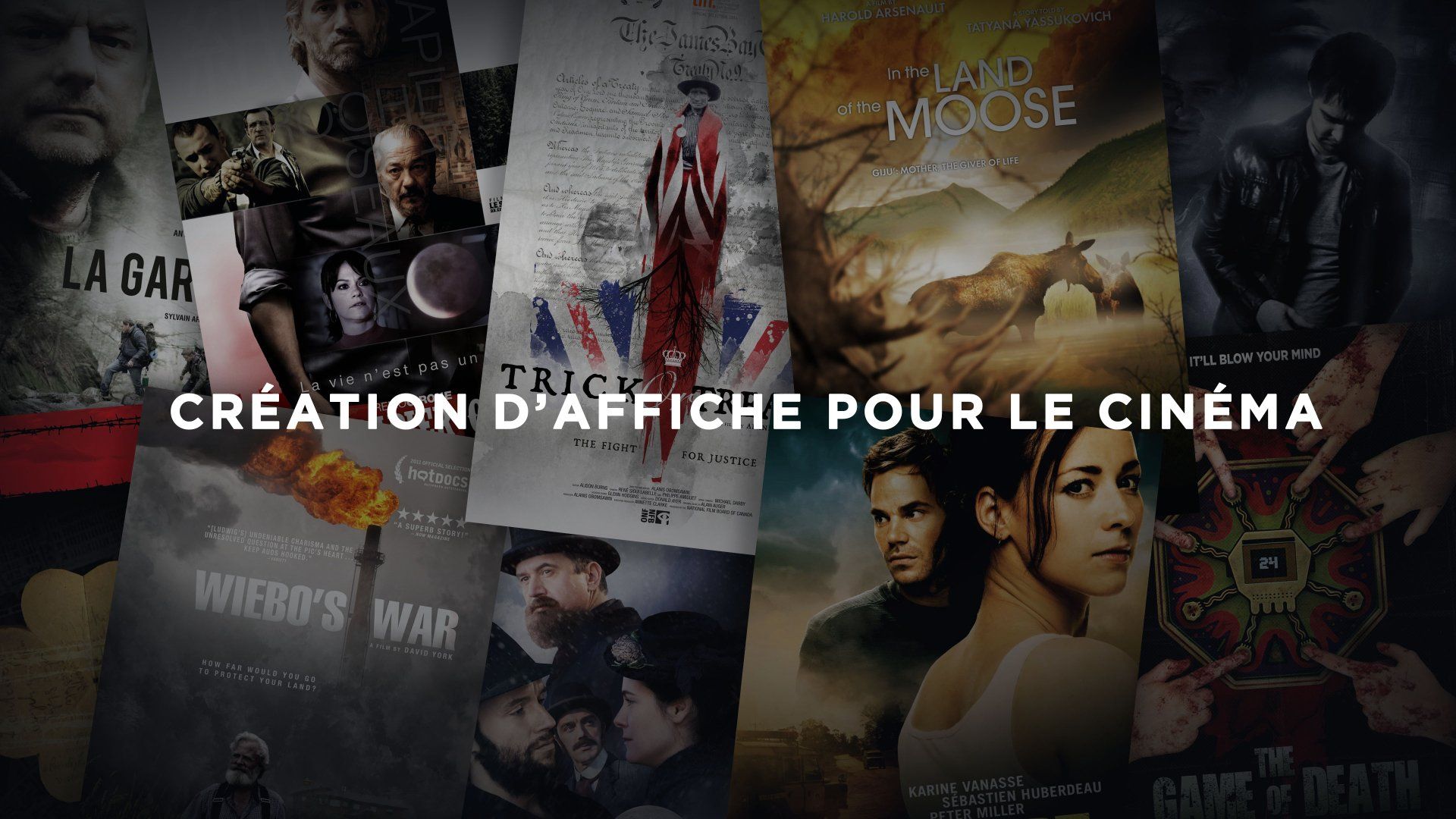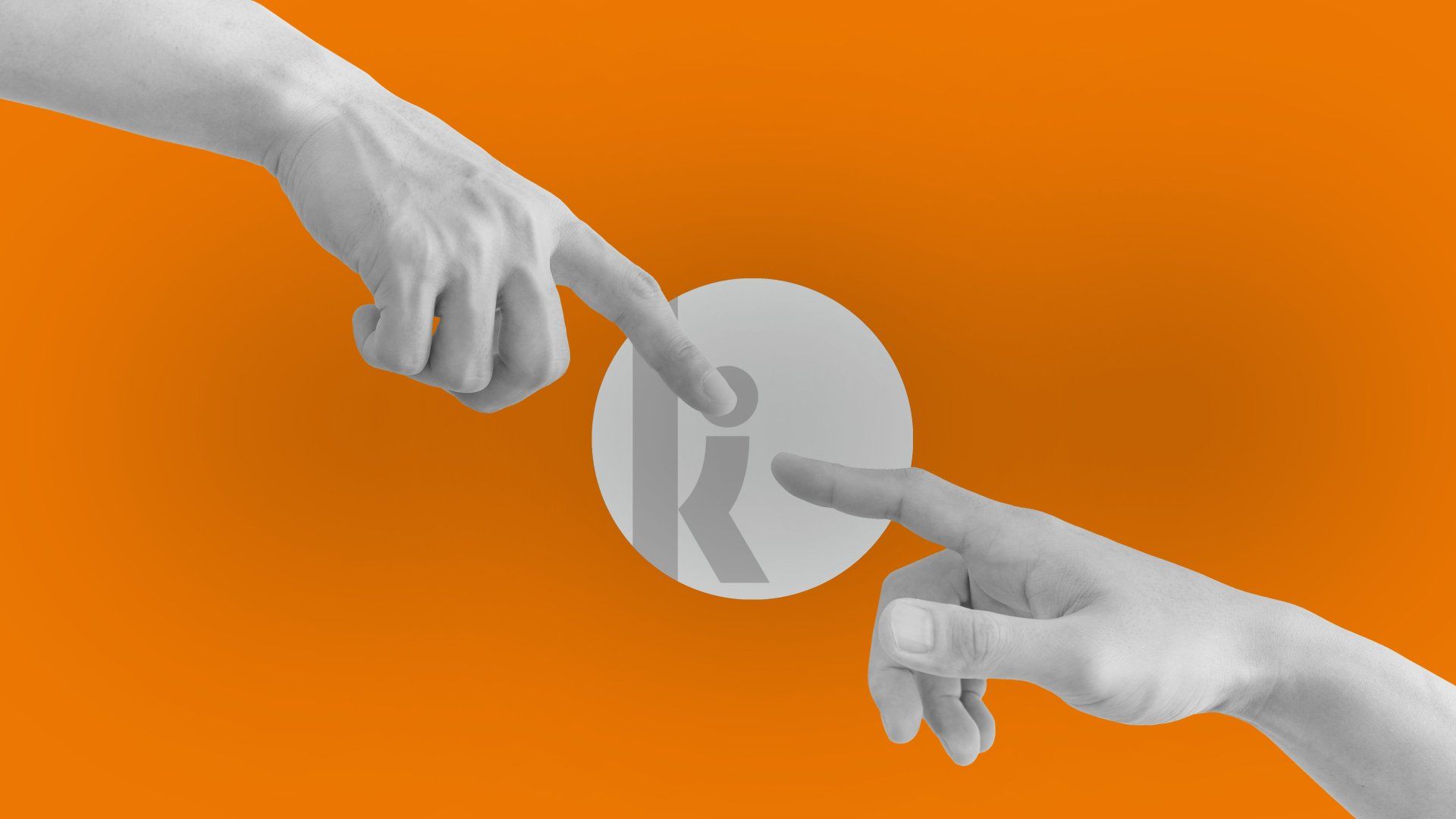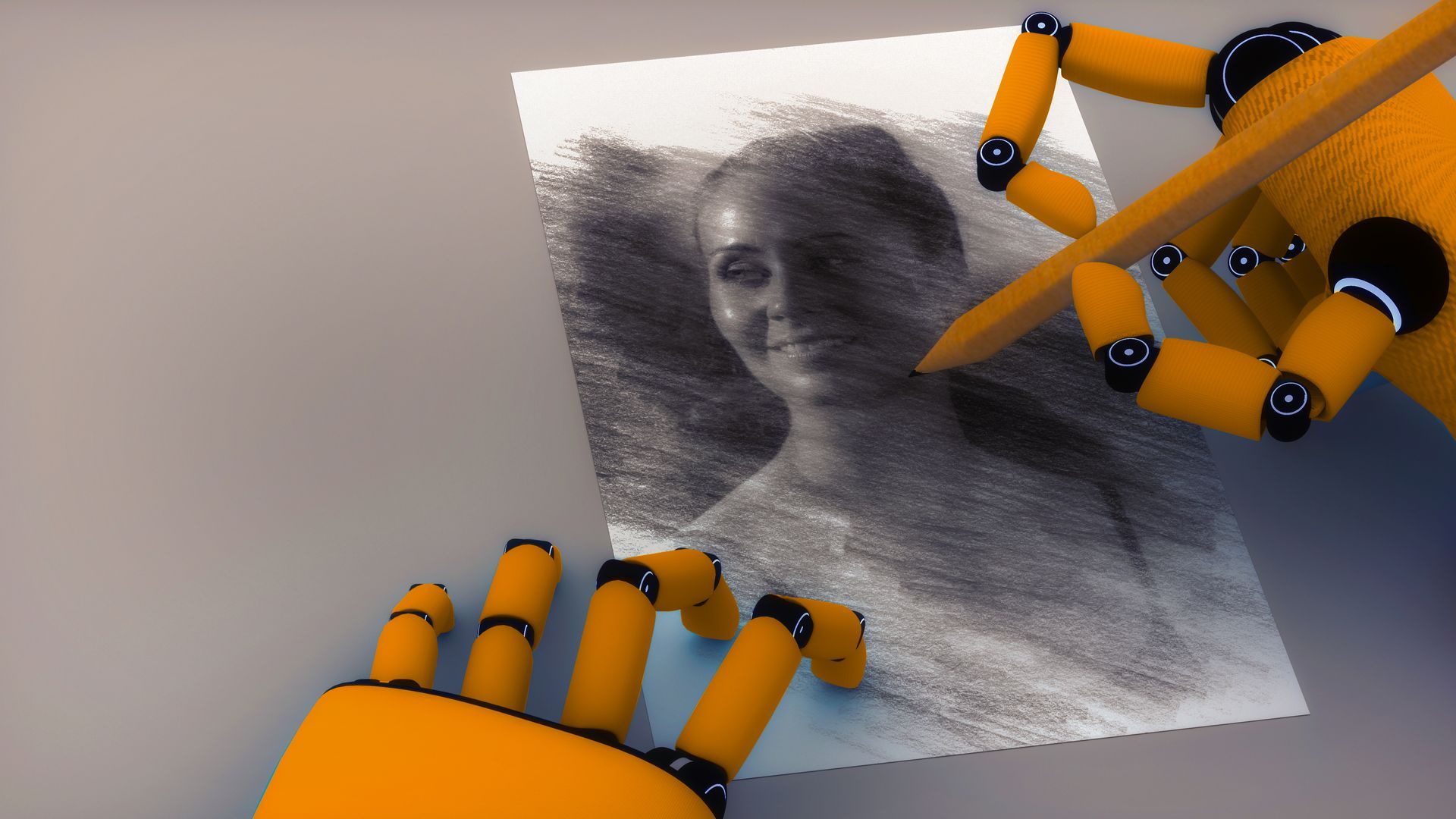But how does “creation” work?
The world of graphic design and illustration is still a strong source of pride and joy in my life. Though some may find it a bit superficial at first glance, I strongly feel this job brings great value by helping products and companies be more attractive and distinctive.
Furthermore, working for the entertainment world has its perks: I still get tingles whenever I see on retailers’ shelves the packaging of the latest Hollywood blockbuster on which Kinos worked. The same goes for all the Quebec movie posters we designed that we can see in bus shelters, subway stations or movie theatre lobbies. To hear a book for which we created the cover and sleeve wins a prize or becomes a bestseller also fills us with pride. And when an entrepreneur receives great comments when revealing the company’s new logo or launches its website, we also rejoice. Bundled together, all these small accomplishments instill the pride in the work we do.
A creator’s mission is to use talent, abilities and – lest forget – creativity to graphically translate the client’s vision and serve the project’s goals.
But how does “creation” work?
My motto is: My job is 10% inspiration and 90%… corrections. Like any other work, we must constantly scratch, rebuild, rework, and rework again. The real creative work happens between the first meeting with the client and the first draft – the day when the client sees the first concrete illustration of the project. During that stage, we are in pure creation mode. We can create 2-3 concepts, sometimes more, but at this moment, we are alone with the project. It is still under our control. We are driving the course of its history. Don’t worry, I am not going all weird and esoterical on you, but personally this part of the creative process is the most fun and still my favourite.
After that comes the back-and-forth waltz between client and design studio, and we all know a good dance partner is a key element to having fun. And I can say I am very lucky in that department.
Where does creativity come from?
“Where do you get your ideas?“ If I had a penny for every time I have been asked that question… Every one of us is the sum of our knowledge, our understanding, our memory. A teacher once told me: “Stop taking notes. What is important to you will stick with you.” Great advice, but I have to admit it does not always work for everybody. Discussing with a client brings us a better understanding of the project and of the product; but it also leads everyone to develop their own vision. Whenever I hear a story, images will pop in my head which will most likely be different than the ones you or someone else might have. When I was young(er…) I played a lot of D&D games. When I think about this period, I don't see 4-5 teenagers sitting at a table throwing dices: I see castles, dungeons, treasure chests… Human imagination can be built on many things: words, smells, numbers, architectural perspectives. Mine is built on images.
Creativity can come from anywhere. Imagine a radio receiver that continuously switches stations: three-second conversation, two-minute TV excerpt, one image, a story… Creativity is constantly fed by the environment and can be summoned when needed. There are no bad ideas, only thoughts with bad timing.
Can creativity be learned?
I truly believe it can. At different levels, there is creativity in all of us. I know creative car mechanics, creative lawyers, and I have never met a child without an abundance of creativity. The challenge is to know how to tap into our internal creative well on demand and let it flow. Lots of obstacles arise: fear of being embarrassed, outside pressure, that darn little voice whispering in our ears: “Hey bud, are you sure this is a good idea?” are all creativity party poopers. The most creative people are those that have no censorship switch or that know how to leave it off. Of course, basic knowledge is essential. I could never be a creative physicist if I knew diddly-squat about physics. To think outside the proverbial box, first you have to know the box. Creativity is a muscle: it must be flexed and trained to be effective. Look to industries different than yours for inspiration: fashion, movies, literature, video games, etc.
To be really effective, the much-touted brainstorm sessions should remain short and to the point, 45-60-minute tops. And remember: no idea should be discarded. Put aside, maybe; put on hold, sometimes; but put down, try and avoid it. Every idea deserves a chance, even the left-field ones, because you never know how one idea will spark a new one, then a new one, and before you know it, the libidinous-uncle joke that popped into your mind might lead to a sparkling humorous line. A productive brainstorm should be a pleasant and voluntary exercise in order for everyone to actively listen and contribute. All ideas cannot make the final cut, so somebody will have to moderate the exchange and have final say. There is nothing personal in this exercise. When you enter a brainstorm, you must leave your ego at the door. Here is a good productivity tool: very often the first ideas thrown around are the best, so it is a good idea to go back to them, dust them up and take a fresher look at them.
To conclude
You are creative in your own way, at different levels. Summon that creativity as often as you can. Keep an open mind and address the creative process in a positive way. It will only boost your productivity.
